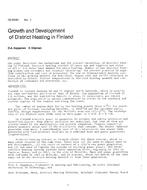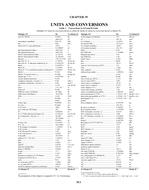When planning an insulation retrofit for an existing masonry building, it is important to analyze the freeze/thaw durabilityof the masonry units. The critical freeze/thaw saturation value is an important measure of durability, and frost dilatometry is aneffective method of determining this value. This study reports developments in the field sampling of masonry units and criticalsaturation testing of in-service masonry.
The challenge when sampling masonry is to ensure that selected units are representative of the entire building or capturethe range of material properties of units on the building. Two approaches to sampling are explored. Bulk sampling involves theremoval of a large number of samples with the goal of randomly capturing the range of units of interest. Alternatively, field testingof a relevant material property can be performed to identify units that capture the range of material on the facade. A nondestructivefield drying rate measurement technique is presented along with pilot study results suggesting it could completely replace theneed for bulk sampling.
Significant variation in the permanent strain resulting from the frost dilatometry method has been found in previous testing.It is thought that this variation is due to lack of material homogeneity within the brick, resulting in variations between sampleslices. It appears from the current study that use of the mean strain for as little as four samples at each saturation level will allowaccurate determination of critical saturation. It further appears that use of a 95th percentile strain value for each saturation levelcould alternatively be used as a conservative method. Overall, the proposed new methodology was found to have a high levelof reproducibility for critical saturation measurement.
Citation: Thermal Performance of Exterior Envelopes of Whole Buildings XIII, Conference Papers
Product Details
- Published:
- 2016
- Number of Pages:
- 10
- Units of Measure:
- Dual
- File Size:
- 1 file , 740 KB
- Product Code(s):
- D-BldgConf16-16


